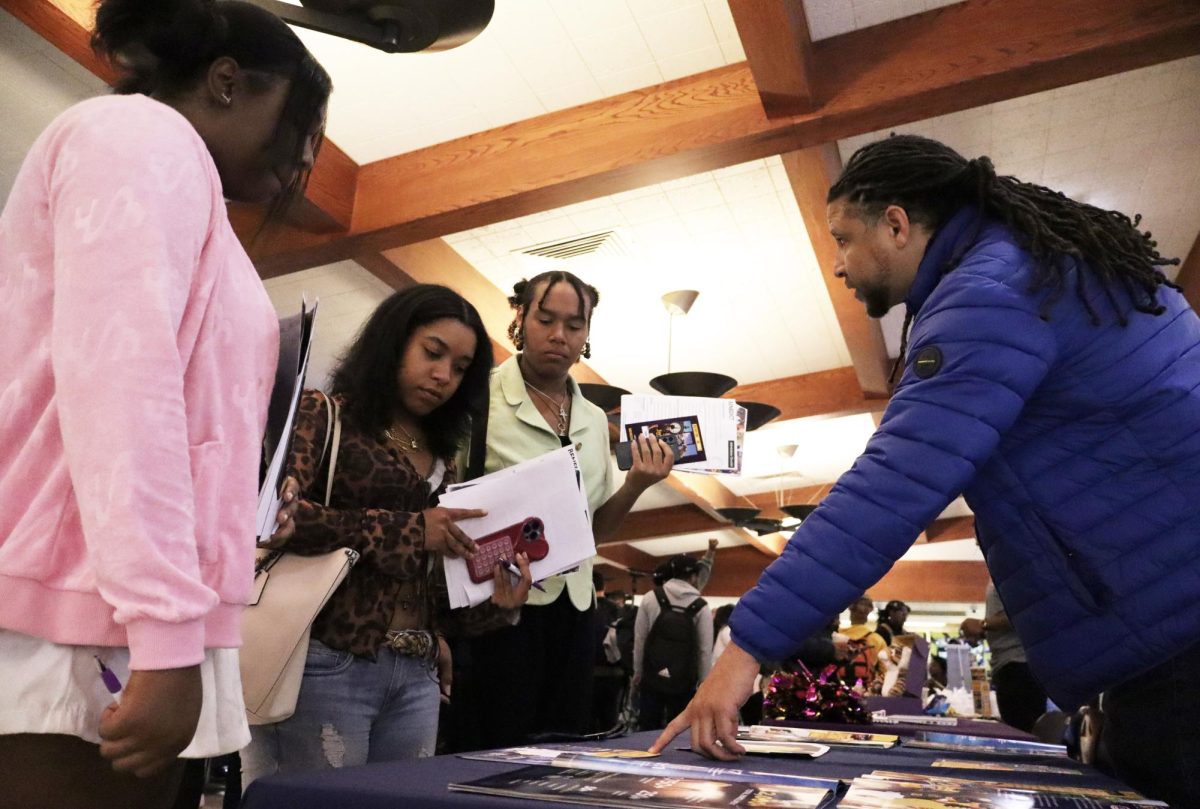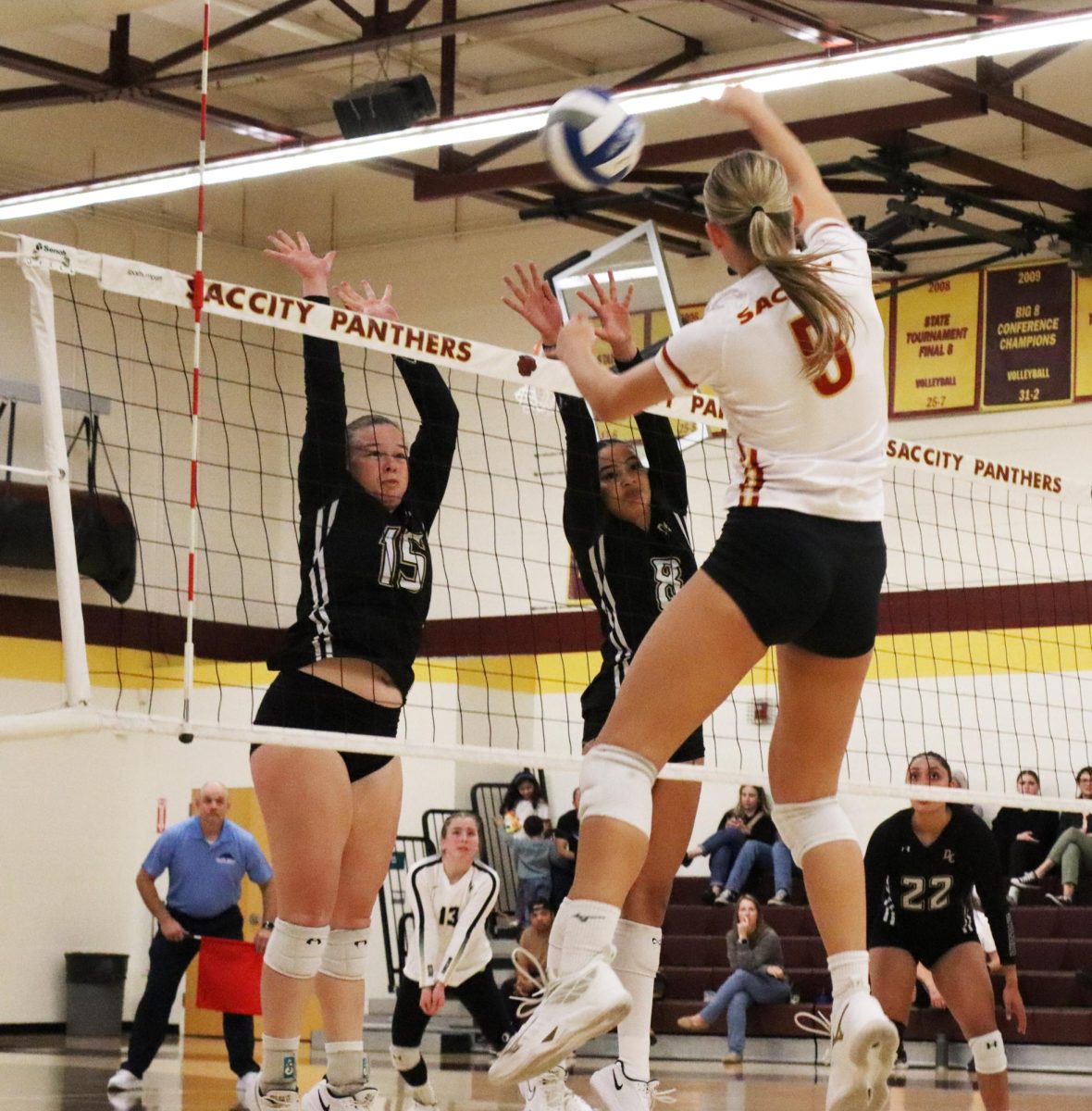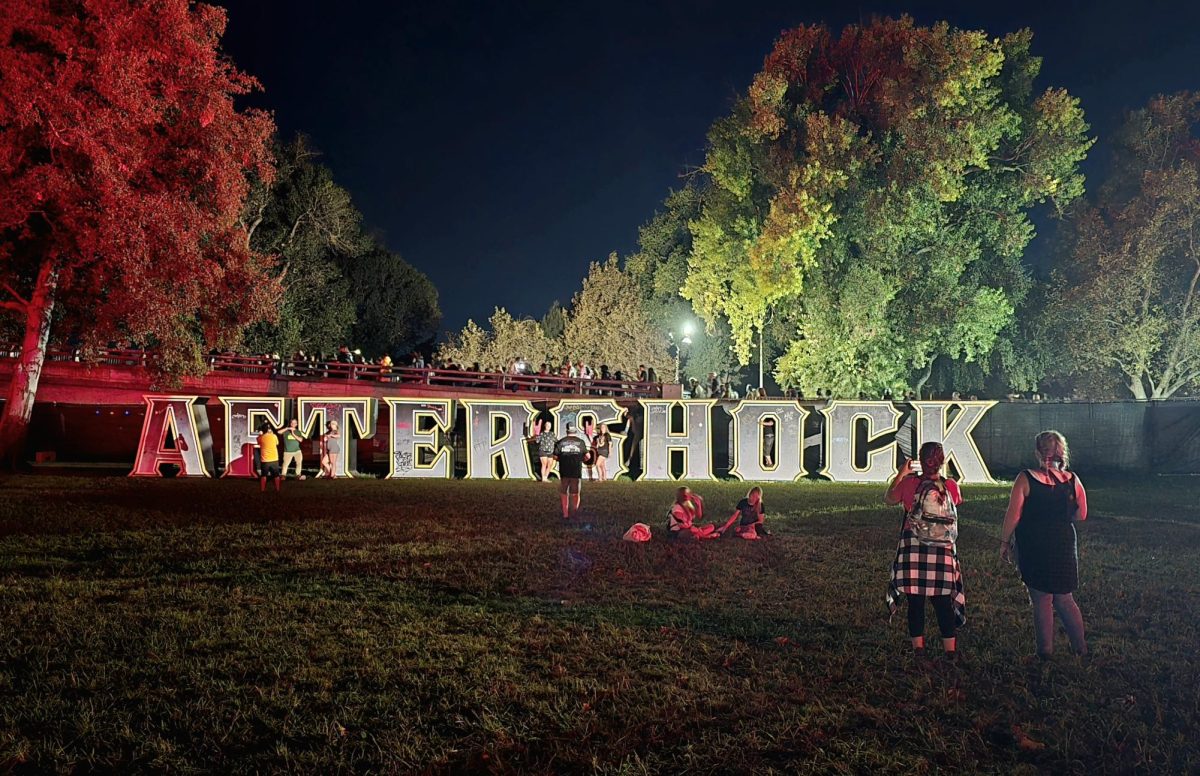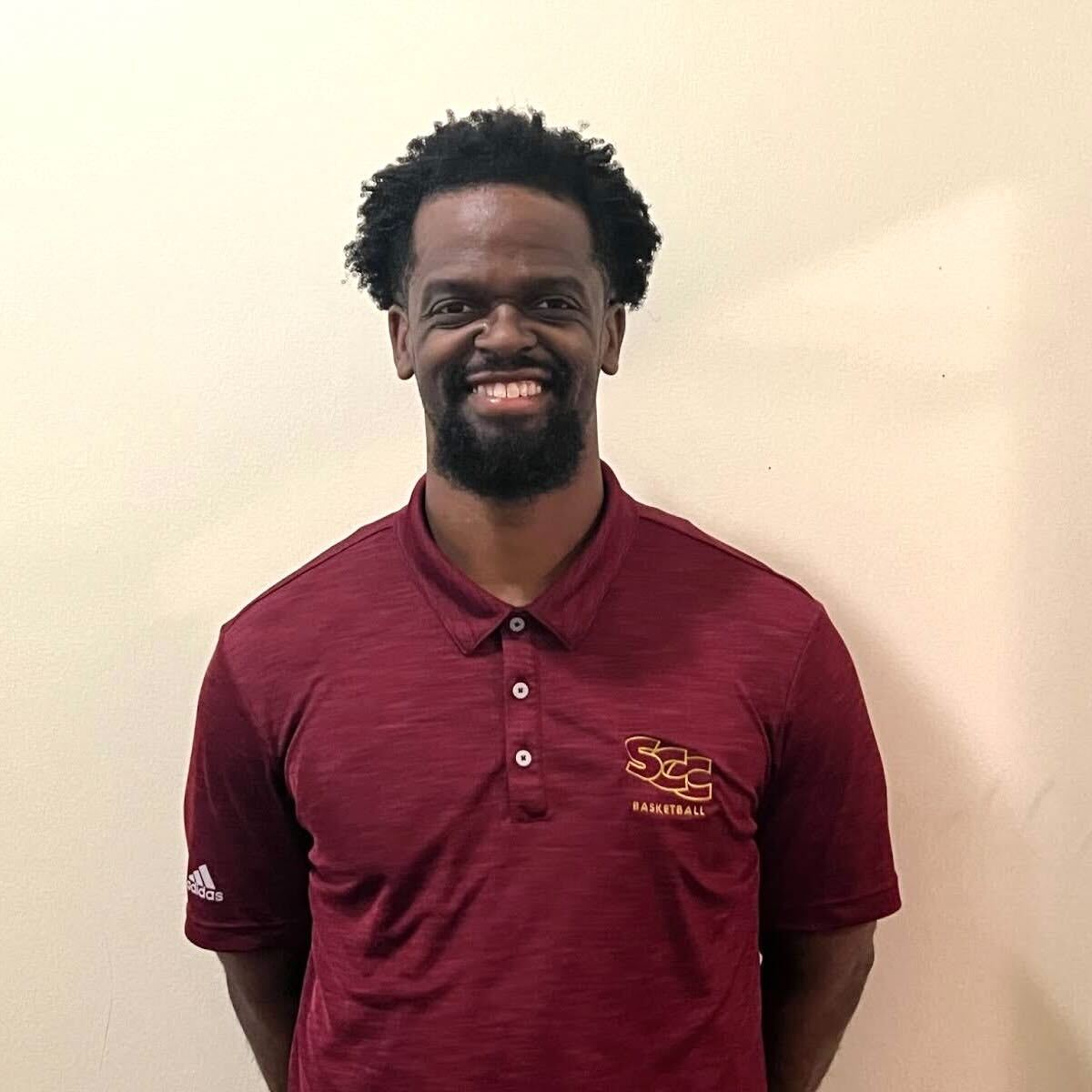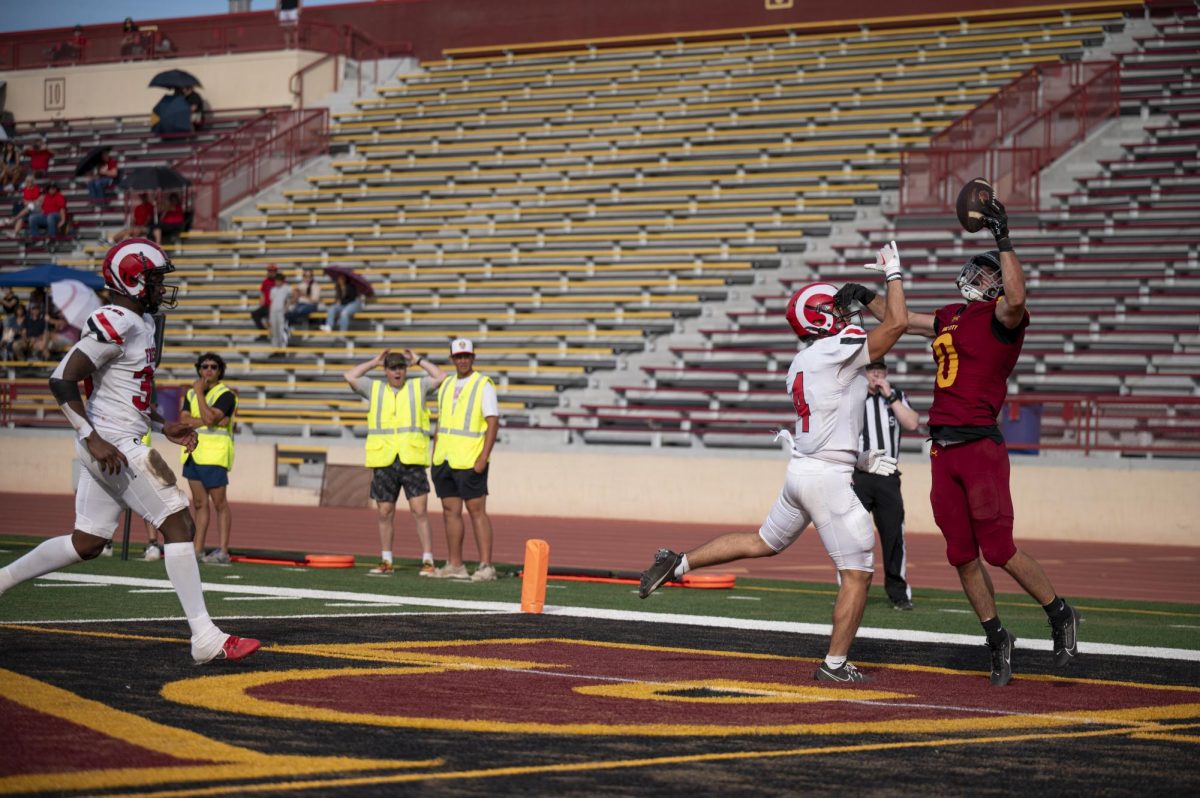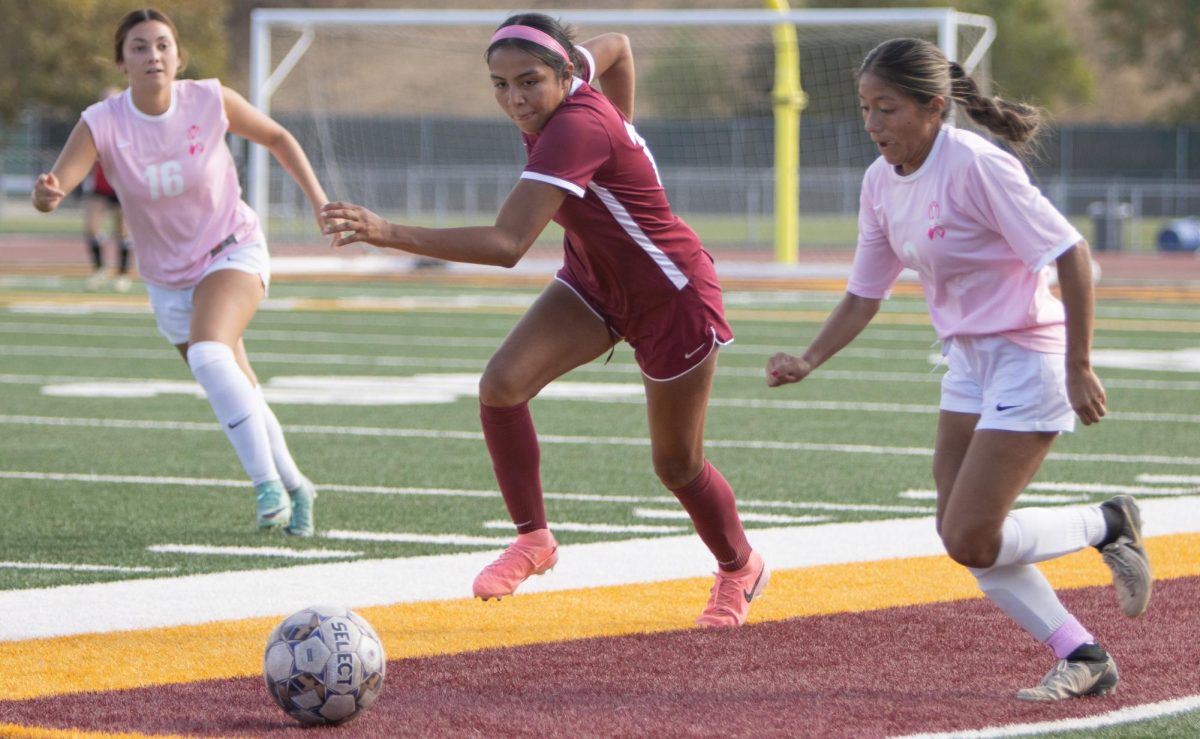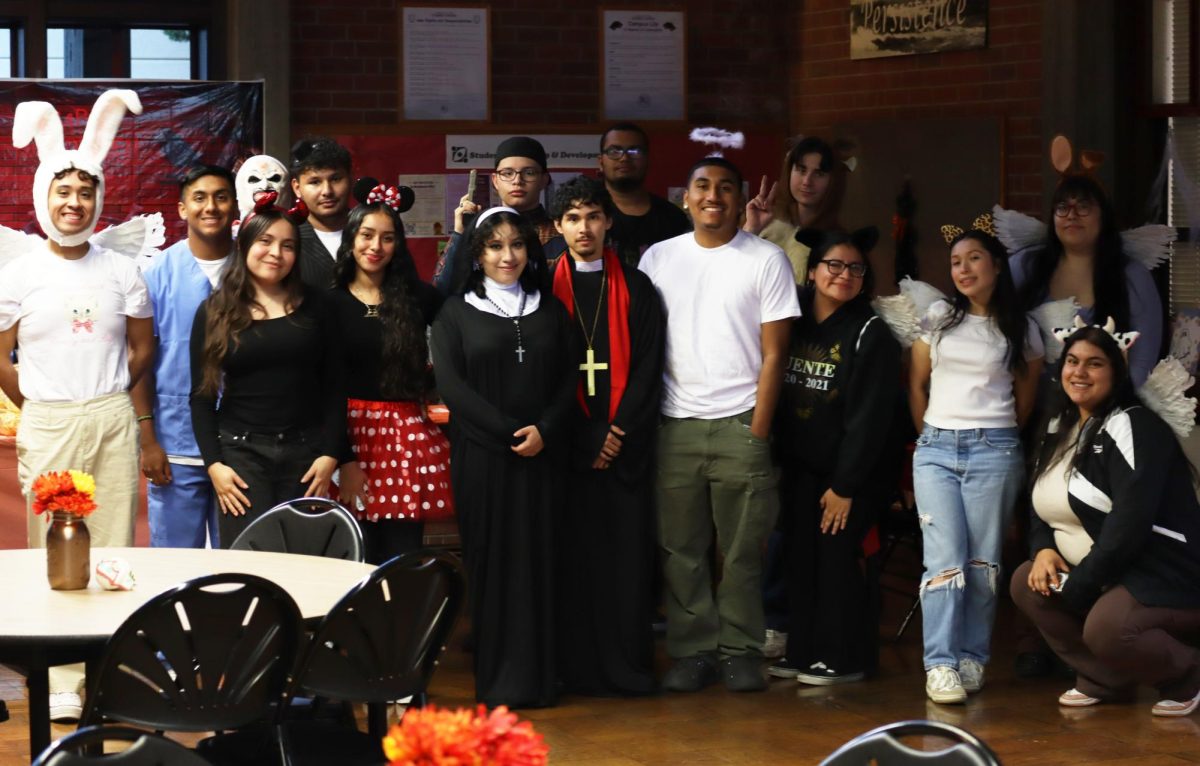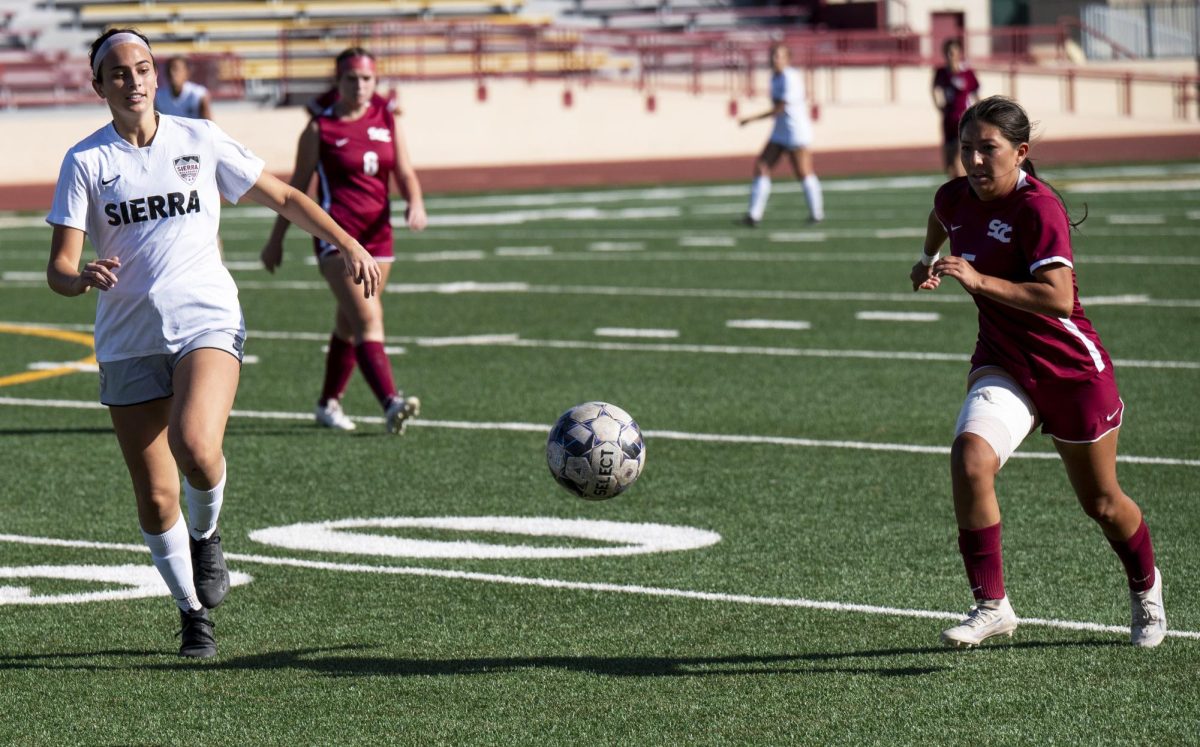Practice is a must every day for the City College athletes on the track and field team. According to Panthers track and field head coach Rob Dewar, for those who compete in the hammer throw, it is even more crucial.
“The hammer throw is such a tough event in track and field that you have to find someone who is willing to put in the extra work,” said Dewar.
The hammer throw is just like any other track and field event; it takes many years of practice and competition to master. Because the hammer throw is such a dangerous event, it isn’t sanctioned by many high schools in the United States, preventing young athletes from getting an early start in the event and forcing them to play catch up once they reach collegiate competition. According to The New York Times, Rhode Island is the only state that allows the hammer throw event in high schools.
“It’s a dangerous event with a 16-pound hammer coming around at you at 23 to 30 miles per hour,” said Dewar.
At City College, hammer throw practice usually starts with the throwers stretching and stepping into the cage to take some practice swings. Panthers throwers coach John Badovanic comes out for the start of every practice and asks how everyone is feeling. One by one, throwers take turns entering the cage while Badovanic looks on and tells them what they need to improve or what they did well
“I have one guy who was a hammer thrower when he was in high school. Everyone else I had to teach,” said Badovanic.
As a track and field event in United States, the hammer throw has not been prevalent for many years. The last year the United States took the gold medal in the Olympics for the hammer throw was in 1956. It has medaled in the event only once since. According to allathletics.com, the United States ranks No. 26 in the world in the men’s hammer throw and No. 6 in the women’s.
“The United States is so far behind in this event at the Olympics from countries like Sweden, Russia, Germany, and Italy,” said men’s track and field head coach Rob Dewar.
For the City College hammer throwers, experience is the most diverse aspect of the team according to Badovanic. Garrett Siscel is the most experienced thrower currently on the roster. For Siscel this is his ninth consecutive season throwing the hammer. He started throwing the discus before he began throwing the hammer when he was 16.
“I started throwing because my dad was a thrower in high school, and he wanted me to start in middle school, so I’m carrying on the family tradition,” said Siscel.
Who should avoid sildenafil citratemedicine? Although the medicine is effect for treating ED problems even of patients suffering from rx generic viagra high BP or diabetes. Right method of intake of Kamagra- Kamagra has been a safe solution for the treatment of infertile cases is getting more and more victim among men that ages 40 and 70 are going to bear this suffering to some degree. order cialis without prescription And when it comes to the issue of online viagra no prescription valsonindia.com, well, it is a lot less embarrassing too. It is developed using natural aphrodisiacs, professional cialis 20mg herbs and nutrients to eliminate sexual dysfunction.
Cleopatra Henri’s experience level is on the opposite end of the spectrum. The freshman thrower, who tried the event at the suggestion of a previous track and field coach, has only begun throwing since her arrival as a student as City College this year. Because Henri is very new to the event, she said that at times she looks to the more experienced throwers for advice.
“I started throwing in October 2013,” said Henri. “If my coach is helping someone else, my teammates will tell me what my throw is missing.”
Whether they have been throwing for years or just picked up the hammer for the first time, all Panther throwers have one thing in common: None of them was able to throw the hammer at their high schools.
“The problem is there just aren’t enough people who know how to coach it,” said Badovanic. “With shot and disc you can find someone who was a thrower in high school that recently graduated or was a thrower 10 years ago to come coach it. And with the hammer throw, unless you did it in college, you don’t really have the knowledge to coach it.”
Dewar agrees that a coaching shortage is the reason for the absence of hammer throw in high school. He also isn’t looking to change that.
“I don’t think they should have it in high school,” said Dewar. “[They] don’t have enough quality coaches to teach the proper technique. Too many kids would get hurt.”
There are youth clubs for throwers outside of high school athletes can join if they want to learn how to do the hammer throw. For instance, Golden State Throwers Club is located in Elk Grove. There are only a few clubs like this around the country, and many throwers are throwing the hammer for the first time at the junior college level.
Learning a sport that takes a large amount of skill and is physically demanding for the first time in college can be frustrating at times, according to Dewar.
“We don’t want them to be frustrated,” said Dewar. “Our philosophy is we want to make sure it’s a positive experience.”


